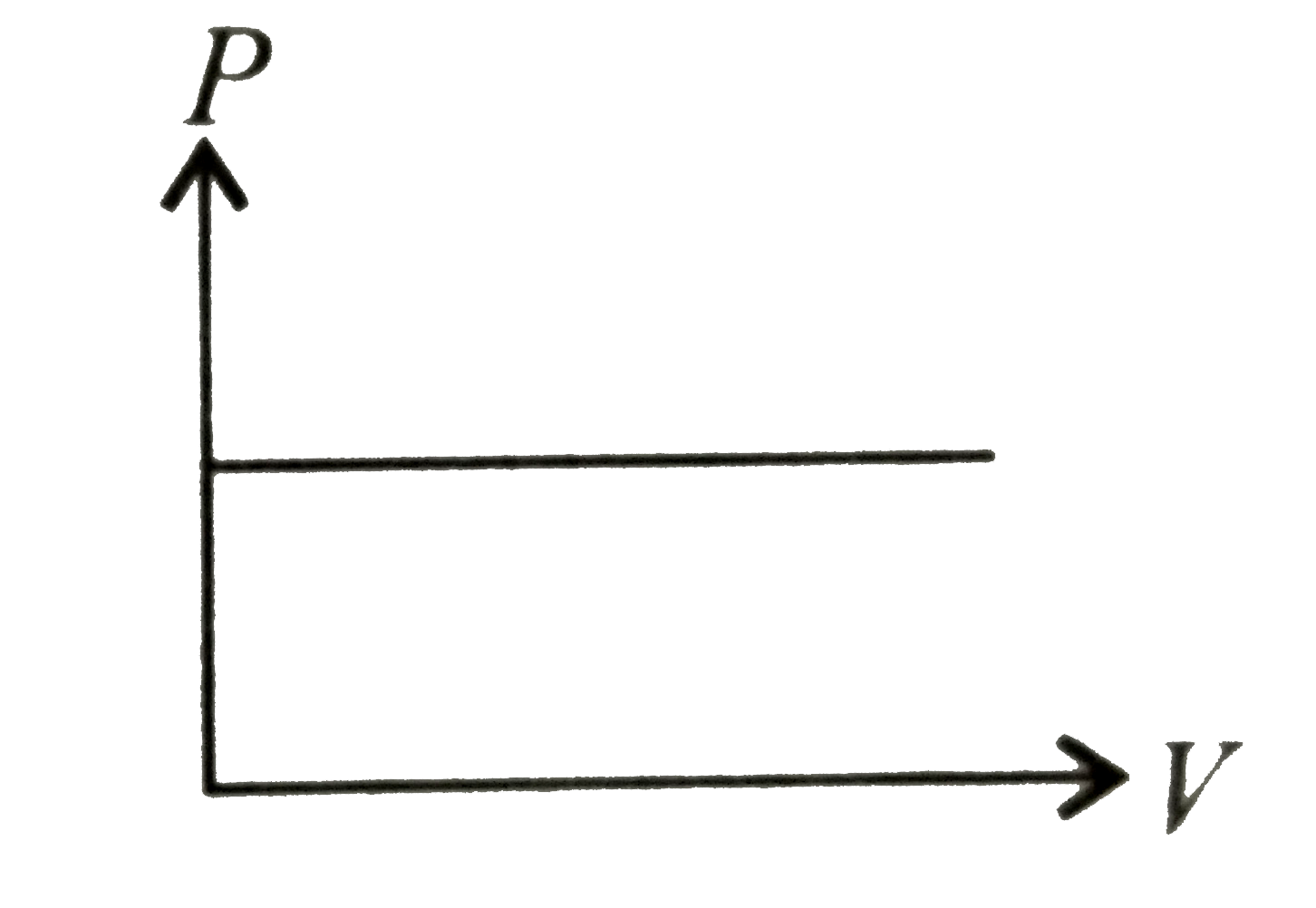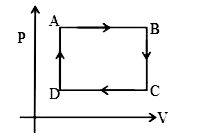Of the following reduction processes, correct processes are :
Fe2O3+C→Fe
ZnO+C→Zn
Ca3(PO4)2+C→P
PbO+C→Pb
The correct Answer is:A, B, C, D
To determine which of the given reduction processes are correct, we need to analyze each reaction step by step.
Step 1: Analyze the first reaction - Fe2O3 + C → Fe
- Oxidation States: In Fe2O3, iron (Fe) has an oxidation state of +3. When it is reduced to Fe (0 oxidation state), it gains electrons.
- Reduction Process: The carbon (C) acts as a reducing agent, reducing Fe2O3 to Fe while itself being oxidized to CO.
- Conclusion: This is a correct reduction process.
Step 2: Analyze the second reaction - ZnO + C → Zn + CO
- Oxidation States: In ZnO, zinc (Zn) has an oxidation state of +2. When it is reduced to Zn (0 oxidation state), it gains electrons.
- Reduction Process: Carbon reduces ZnO to Zn, and in the process, carbon is oxidized to carbon monoxide (CO).
- Conclusion: This is a correct reduction process.
Step 3: Analyze the third reaction - Ca3(PO4)2 + C → CaO + P + CO2
- Oxidation States: In Ca3(PO4)2, phosphorus (P) has an oxidation state of +5. When it is reduced to P (0 oxidation state), it gains electrons.
- Reduction Process: Carbon reduces the phosphorus from Ca3(PO4)2 to elemental phosphorus, while itself being oxidized to CO2.
- Conclusion: This is a correct reduction process.
Step 4: Analyze the fourth reaction - PbO + P → Pb + O
- Oxidation States: In PbO, lead (Pb) has an oxidation state of +2. When it is reduced to Pb (0 oxidation state), it gains electrons.
- Reduction Process: Phosphorus (P) reduces PbO to Pb, while itself being oxidized.
- Conclusion: This is a correct reduction process.
Final Conclusion
All the given reduction processes are correct.
Summary of Correct Processes:
- A: Fe2O3 + C → Fe (Correct)
- B: ZnO + C → Zn + CO (Correct)
- C: Ca3(PO4)2 + C → CaO + P + CO2 (Correct)
- D: PbO + P → Pb + O (Correct)
Thus, the answer is that all processes are correct.
---
- Oxidation States: In Fe2O3, iron (Fe) has an oxidation state of +3. When it is reduced to Fe (0 oxidation state), it gains electrons.
- Reduction Process: The carbon (C) acts as a reducing agent, reducing Fe2O3 to Fe while itself being oxidized to CO.
- Conclusion: This is a correct reduction process.
- Oxidation States: In ZnO, zinc (Zn) has an oxidation state of +2. When it is reduced to Zn (0 oxidation state), it gains electrons.
- Reduction Process: Carbon reduces ZnO to Zn, and in the process, carbon is oxidized to carbon monoxide (CO).
- Conclusion: This is a correct reduction process.
- Oxidation States: In Ca3(PO4)2, phosphorus (P) has an oxidation state of +5. When it is reduced to P (0 oxidation state), it gains electrons.
- Reduction Process: Carbon reduces the phosphorus from Ca3(PO4)2 to elemental phosphorus, while itself being oxidized to CO2.
- Conclusion: This is a correct reduction process.
- Oxidation States: In PbO, lead (Pb) has an oxidation state of +2. When it is reduced to Pb (0 oxidation state), it gains electrons.
- Reduction Process: Phosphorus (P) reduces PbO to Pb, while itself being oxidized.
- Conclusion: This is a correct reduction process.
All the given reduction processes are correct.
- A: Fe2O3 + C → Fe (Correct)
- B: ZnO + C → Zn + CO (Correct)
- C: Ca3(PO4)2 + C → CaO + P + CO2 (Correct)
- D: PbO + P → Pb + O (Correct)
Topper's Solved these Questions
- METALLURGYBOOK - VK JAISWAL ENGLISHCHAPTER - METALLURGYEXERCISE - MATCH THE COLUMN
20 Videos
- METALLURGYBOOK - VK JAISWAL ENGLISHCHAPTER - METALLURGYEXERCISE - ASSERTION-REASON TYPE QUESTIONS
29 Videos
- METALLURGYBOOK - VK JAISWAL ENGLISHCHAPTER - METALLURGYEXERCISE - Level 3 (Passive 7)
8 Videos
- ENVIRONMENTAL CHEMISTRYBOOK - VK JAISWAL ENGLISHCHAPTER - ENVIRONMENTAL CHEMISTRYEXERCISE - ASSERTION-REASON TYPE QUESTIONS
14 Videos
- p-BLOCK ELEMENTSBOOK - VK JAISWAL ENGLISHCHAPTER - p-BLOCK ELEMENTSEXERCISE - SUBJECTIVE PROBLEMS
35 Videos
Similar Questions
Knowledge Check
Which of the following process is correct for given P-V diagram.
 AAdiabatic processBIsothermal processCIsobaric processDIsochoric process
AAdiabatic processBIsothermal processCIsobaric processDIsochoric processWhich of the following is the correct sequence of processes involved in urine formation?
ASecretion, reabsorption, FiltrationBFiltration, Reabsorption, SecretionCReabsorption, Filtration, SecretionDReabsorption, Secretion, Filtration
Out of the following reduction processes :
(i) Fe2O3+3C→2Fe+3CO
(ii) Cu2O+C→2Cu+CO
(iii) PbO+C→Pb+CO
(iv) ZnO+C→Zn+CO
Correct process is//are :
View SolutionAmong the following processes, select the process for which ΔS is positive.
View SolutionIn the following cyclic process is

The above process in the P-T coordinates is given as
View SolutionWhich of the following regarding the said processes is (are) correct?
View SolutionIt the following processes, identify the irreversible process :
View SolutionWhich of the following processes involve the roasting process ?
View Solution
